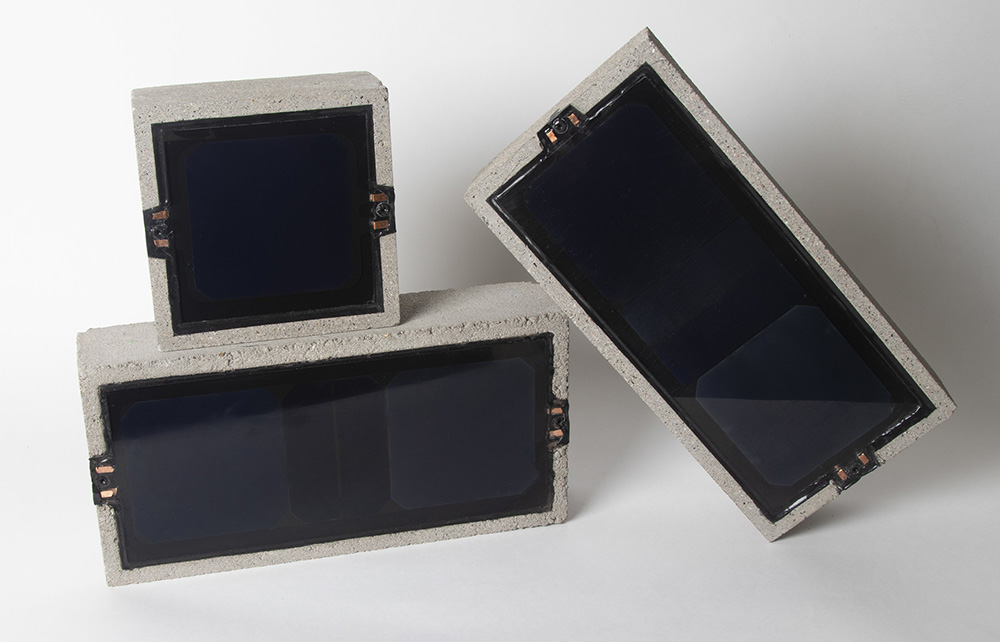News: Green Buildings
Posted: December 22, 2011
By Peter Brooks - Leak detection technology
Want a faster, more accurate and less expensive way to test roofing and waterproofing membranes, one that pinpoints leaks directly so they can be immediately repaired and retested?
Welcome to electric vector mapping (EFVM), a new nondestructive testing technology that is rapidly redefining leak detection and quality assurance in low-slope roofing systems and waterproofing applications. Unlike conventional methods of leak detection, which rely on the interpretation of secondary data, vector mapping detects membrane faults directly. It's ideal for quality verification and warranty assurance, leak testing of conventional and green (vegetative) roofs, and for leak detection in any low-slope roofing system in which the membrane is not electrically conductive and the deck can be electrically grounded. Even pinhole leaks invisible to the naked eye can be pinpointed with vector mapping, so repairs can be made on the spot and immediately retested to ensure watertight results.
Vector mapping locates breaches in roof and waterproofing membranes by tracing the flow of an electric field across the membrane surface. Two methods of vector mapping have been developed. Each offers special advantages in specific situations.
In low voltage vector mapping, the surface of the roof membrane is moistened (not flooded) to create an electrically conductive medium. A conductive wire loop is laid out on the membrane around the area to be tested. One lead from a pulse generator is connected to this wire loop perimeter. The other generator lead is connected to the structural roof deck (metal or concrete). Leaks caused by breaches in the membrane are detected when the electric current flows across the moistened membrane and through the breach to the deck, completing the circuit. The technician uses two probes connected to a receiver to determine the direction of the electric current and precisely locate the breach.
High voltage vector mapping is performed on a dry horizontal or vertical surface using a small current at relatively high voltage for safe and reliable testing. One lead from the portable current generator is grounded to the roof deck (either metal or concrete). The other lead is attached to a special electrode brush made with highly conductive metal bristles. As the technician "sweeps" the brush electrode over the surface of the membrane, electricity will flow through any breach that has allowed water into the roof system. This will complete a circuit between the brush and the deck, causing an alarm to sound. Where there are no breaches, the membrane acts as an insulator and prevents the flow of current to the deck.
Vector mapping replaces the time-consuming guesswork and potential damage of flood testing with a safer, lower cost method that delivers fast and verifiable results. So it's little wonder that more architects and general contractors are specifying vector mapping to assure the quality and performance of newly installed roofing systems. Membrane manufacturers are stipulating vector mapping inspections to more efficiently check the warranty performance of their products in the field. Vector mapping has also become the preferred method for verifying the waterproofing membranes required in green roof systems and plaza decks. Building owners are finding that vector mapping can greatly reduce the time, expense and frustration of locating and resolving roof leaks. Swimming pools, parking garages and other waterproofing applications are also being tested with vector mapping techniques.
Water infiltration has always been one of the building industry's thorniest problems. With vector mapping we finally have an efficient and direct method of locating the leaks. And that can save time, money, and headaches for everybody.
Peter Brooks is principal of Infra-red Analyzers, Williston, VT.
Tags:
Green Buildings
MORE FROM Green Buildings
Bridgeport implements energy efficiency plan with utility partners and regional business council
Bridgeport, CT The flurry of economic development and urban revitalization across the city has cultivated a renewed interest in updating municipal, residential and commercial properties to be more efficient and sustainable. Since 2018, city officials have partnered

Quick Hits




